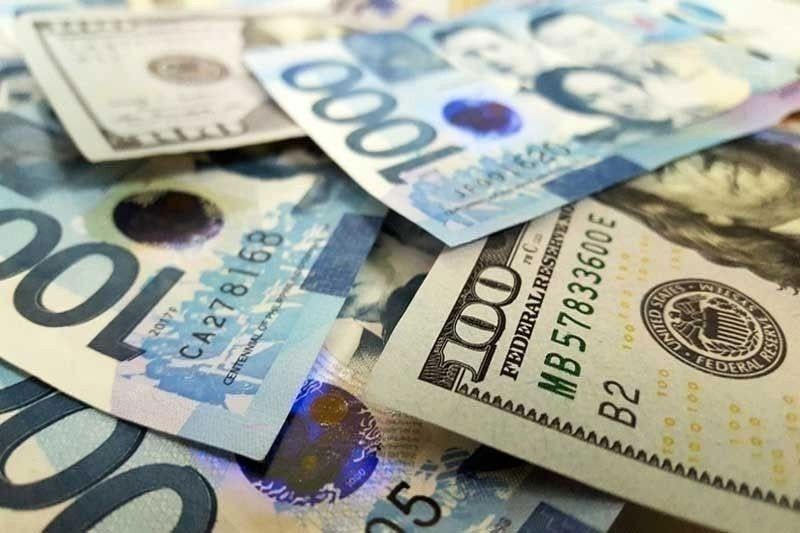Peso rebounds back to 57:$1 level

MANILA, Philippines — The peso rebounded back to the 57 to $1 level yesterday amid a weaker dollar globally, which could encourage the Bangko Sentral ng Pilipinas (BSP) to start reducing interest rates this month.
The local currency closed at 57.90 yesterday, strengthening by 18 centavos from its 58.08 finish on Friday, data from the Bankers Association of the Philippines showed.
This was the first time the peso breached the 57 to $1 level in two months or since closing at 57.97 on May 28. It also marked the currency’s strongest finish since its 57.62 to $1 close on May 17.
The peso opened stronger at 57.85. Its worst showing during the day stood at 57.915 while it’s intraday best was at 57.68 against the greenback.
Trading volume jumped by 29.4 percent to $1.76 billion yesterday from $1.36 billion last Friday.
Rizal Commercial Banking Corp. chief economist Michael Ricafort said the stronger peso was largely due to a weaker dollar globally, amid some reversal of yen carry trades due to the sharp appreciation of the Japanese yen.
Ricafort said the Japanese yen appreciated to its strongest level in more than seven months or since Jan. 1.
This caused “some market unwinding of the carry trades financed by the yen such as on some global stock markets, whose appreciation is causing losses to international investors that borrowed in yen,” Ricafort said.
The economist said the peso exchange rate could range within the 57.75 to 58 levels today.
Security Bank chief economist Robert Dan Roces said the peso continued to strengthen yesterday “after the much weaker-than-expected US jobs data increased expectations of more aggressive rate cuts by the Fed.”
The US unemployment rate also jumped by 4.3 percent in July from 4.1 percent in June, marking its highest in nearly three years. It was also the fourth straight month that the unemployment rate increased.
UnionBank chief economist Ruben Carlo Asuncion said the recent peso strength could encourage the BSP to proceed with its planned policy easing as early as Aug. 15.
Asuncion said the peso’s current strength can act as a buffer against any depreciation pressures from the BSP cutting ahead of the US Fed.
BSP Governor Eli Remolona Jr. said the Monetary Board could keep the country’s policy settings unchanged “for the time being,” but a rate cut is still possible if price pressures continue to ease.
The BSP has been keeping borrowing costs unchanged since it delivered its aggressive 450-basis-point hikes from May 2022 to October 2023, which brought the key interest rate to a 17-year high of 6.50 percent.
- Latest
- Trending



























